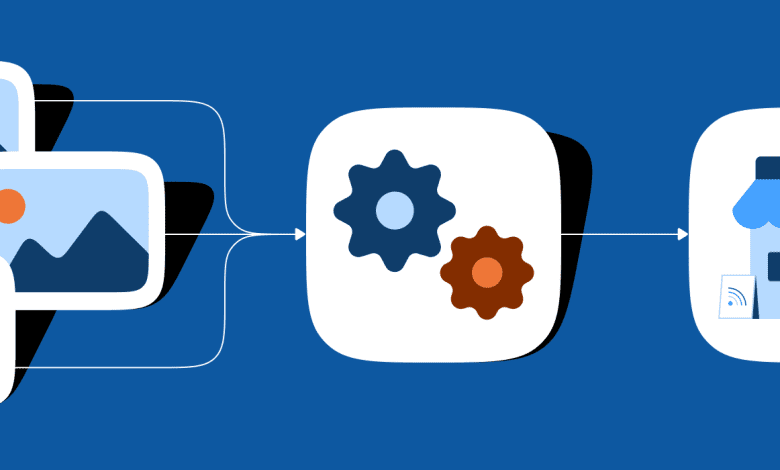Products
Copy products from supplier URLs to your store with Product Upload

Are you a certified reseller who’s sick of copying manufacturer details over and over?
Easily copy dozens of products into your store with Product Upload, the ultimate product sourcing tool. We clone products based on your supplier’s product page. We’ll handle everything for you. From crafting catchy descriptions, to SEO friendly product titles. We collate the images and even list specs based on the supplier URL you’ve provided. Alternative to Poky, Kopy & Copify. Great for Dropshippers!
- Copy from Amazon, Temu, AliExpress, Alibaba, Etsy, Shein, Walmart + more.
- Import products directly to Shopify, Wix or Squarespace.
- Craft catchy product descriptions which you don’t have to fret about.
- Get all the product specs summarising your products features.
- Automatically set SEO titles and descriptions, weight, sku, slug and tags
- Customise automatically generated content by setting your own preferences






